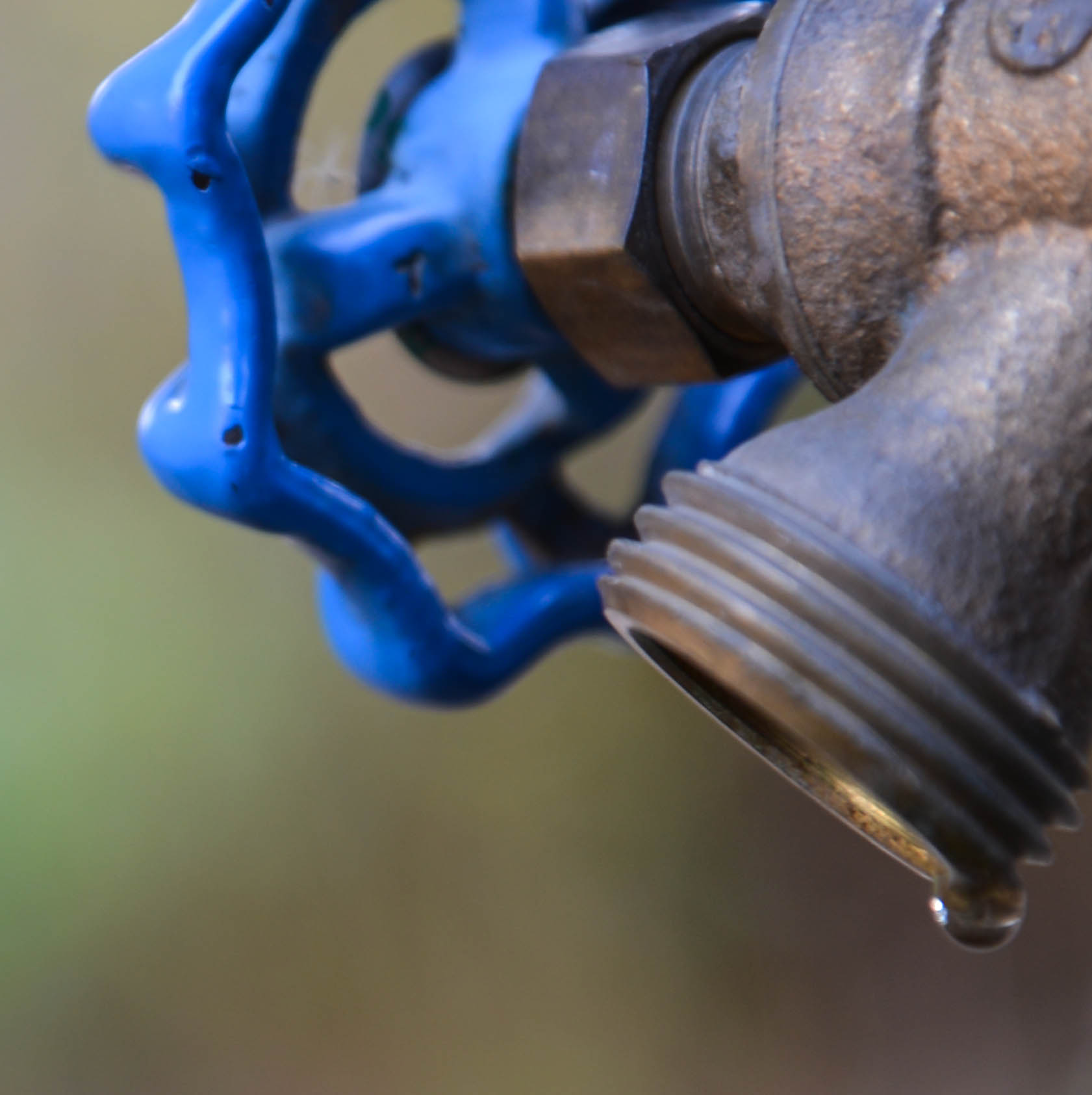If you are a traveler or a photographer on a budget then you may want to pay particular attention to this article. If you travel and want to capture sweeping vistas you should know how to throw together a basic panoramic image. Perhaps you are on a budget and only own a 50mm lens, they are some of the cheapest (and best) lenses out there… Panoramic image allow you to use a longer focal length to create images that look as if you used a wide-angle lens (usually, minus the distortion). Well, all this can be done on the fly without a tripod if you are in a pinch. See below for proof.
A nodal point or the no-parallax point… or the point of entry is the point on which your camera would need to rotate to create a panoramic image and avoid a ton of distortion.
I have to admit… Knowing a little about nodal points (or point of entry depending on who you ask) and how parallax works will help you take better panoramic images with or without a tripod. I mean, it’s not like I pranced around the parking lot swinging my camera this way and that and magically ended up with the shot you see below. I had a general idea of where my no-parallax point was, at the focal length I was using, with the lens I had, so the distortion I ended up with was not too severe.
 Well, there you have it… A multi-row panoramic image shot with nothing but a steady grip and crossed fingers. There is obvious distortion on the left, I guess I wasn’t holding the camera perfectly level. In the future I will turn on the horizon tool that the Nikon D810 has… Or use my over priced panoramic tripod head and level.
Well, there you have it… A multi-row panoramic image shot with nothing but a steady grip and crossed fingers. There is obvious distortion on the left, I guess I wasn’t holding the camera perfectly level. In the future I will turn on the horizon tool that the Nikon D810 has… Or use my over priced panoramic tripod head and level.
A multi-row panorama is a panoramic image where you go across with your camera, snapping any number of images and then shoot another series of images slightly above or below the last ones to merge into a very large image.
So why shoot panoramic images handheld if they may not come out “perfect”? Shooting a great panoramic image can take lots of time, it’s often a good idea to scout out locations and take quick panos like this to see if it’s worth spending the time to set up, execute, and post process a much larger and more in-depth panorama.
The images above were shot with the Nikon D810 and the Nikon 70-200mm f/2.8G ED VR II
.
I hope you found this exercise a little interesting and give it a try yourself. Feel free to share your images with us using the PhotolisticLife Flickr page or our Facebook page.




